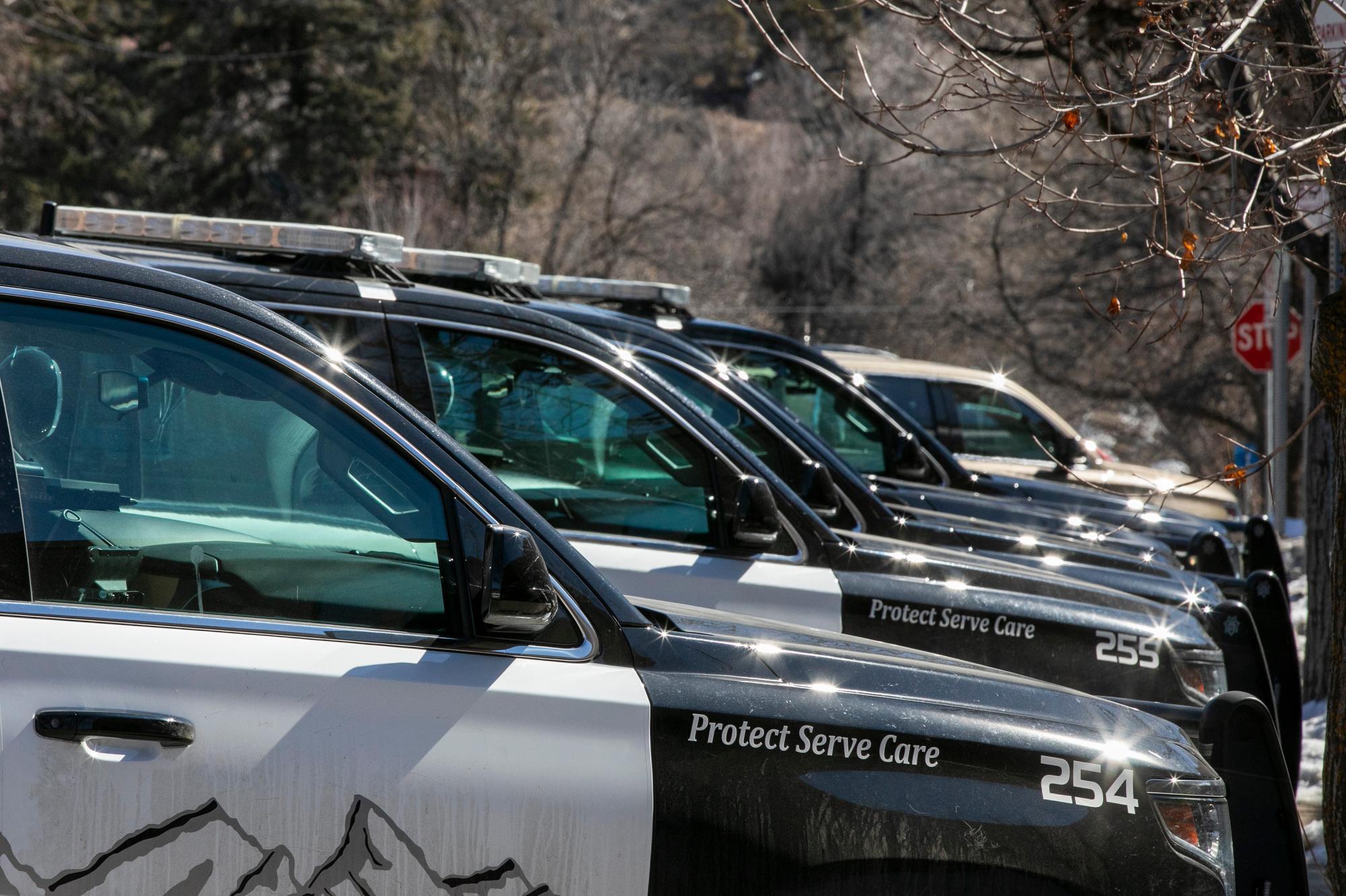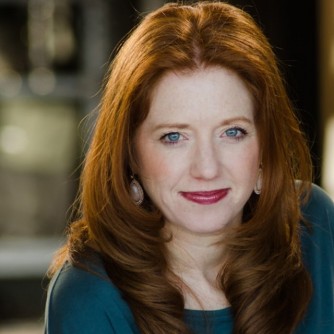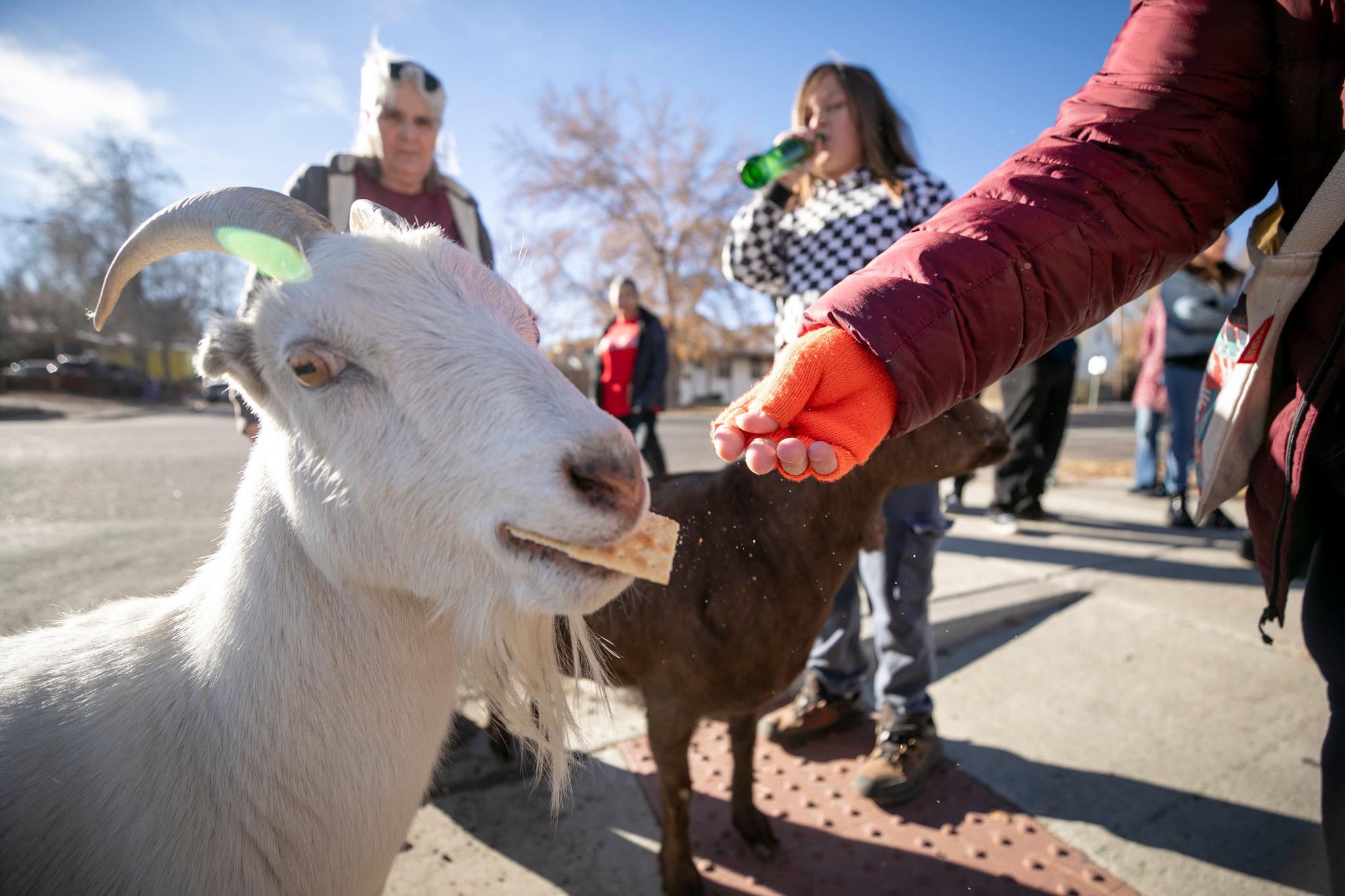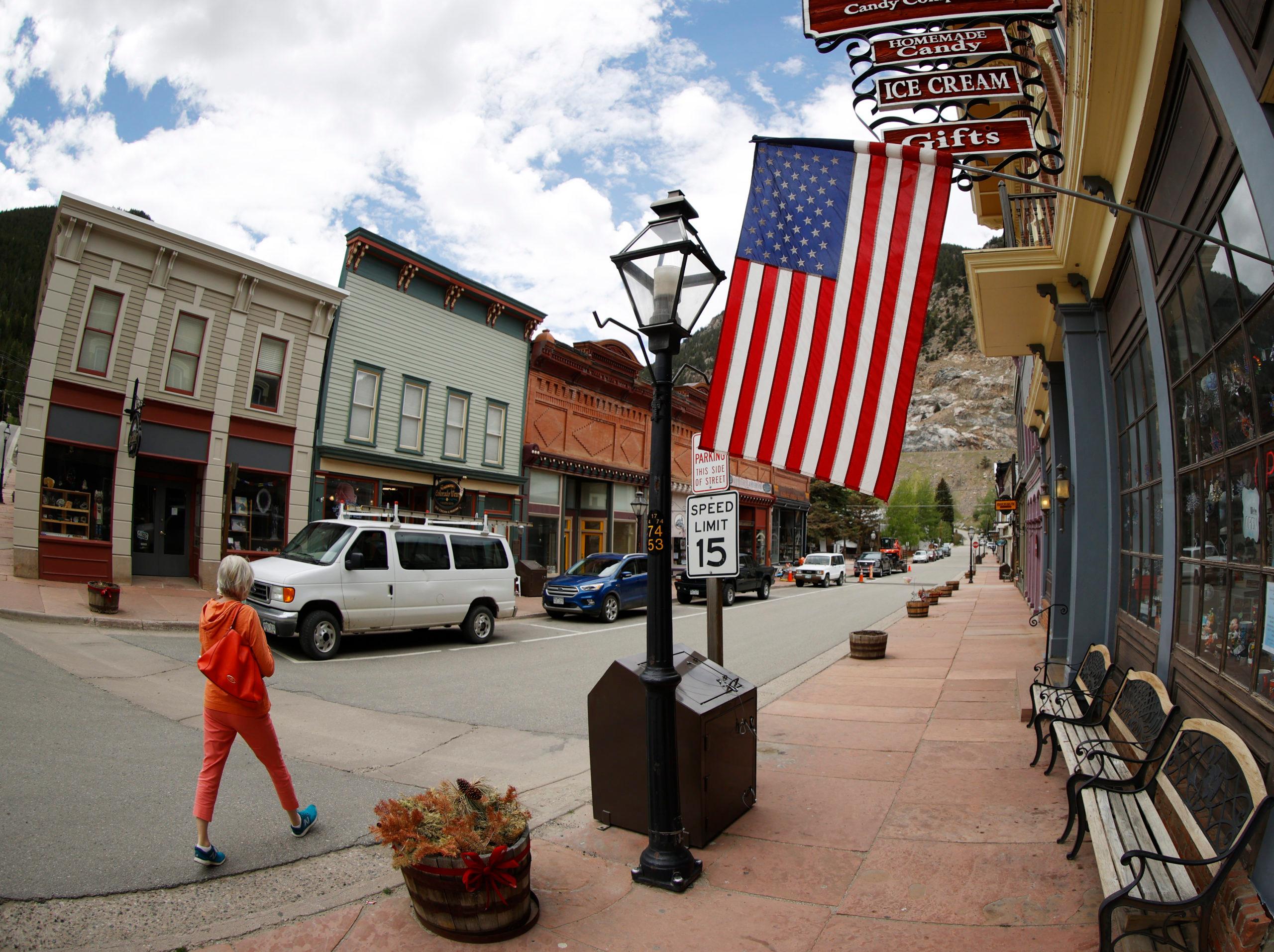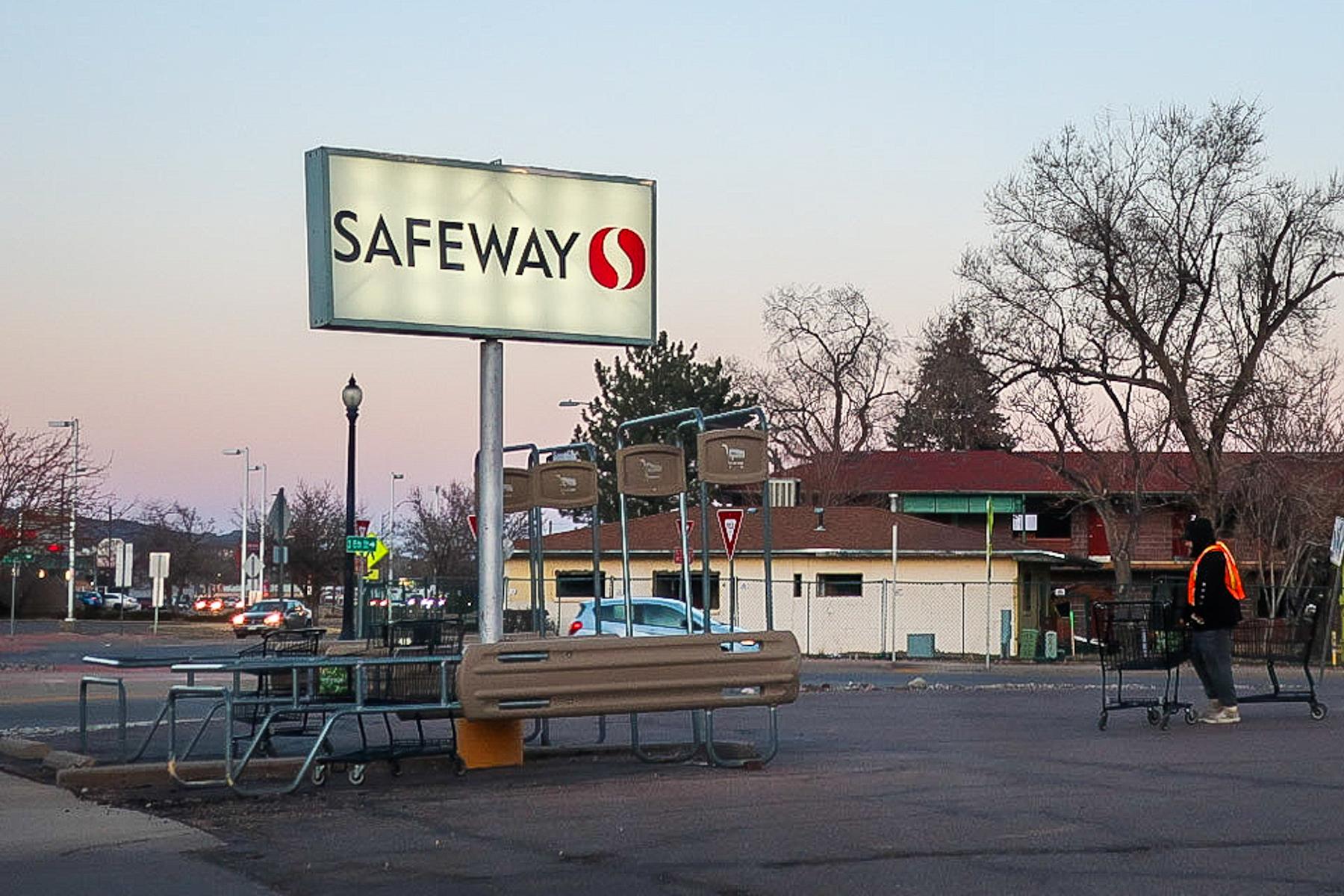This week special guest host Bruce Bookout lets us know all about a beautiful double star cluster located right between Cassiopeia and Perseus.

Everyone likes looking at babies. Today let’s talk about a couple of groups of beautiful baby stars that I know you’ll enjoy looking at.
In a number of previous editions of Looking Up, we’ve talked about the beautiful objects in the sky that appeared on comet-hunter Charles Messier’s famous list of things not to look at, because they weren’t comets. One absolutely gorgeous object that does not appear on Messier’s list is the famous double cluster in Perseus, because, well, no one could mistake it for a comet.
The double cluster is only a few hundred light years apart, and are about 7000 light years from Earth.
Visible to the naked eye is a blurry patch, even small binoculars will let you see this astronomical wonder. You will see two dense patches of beautiful stars, with about 200 stars in one group and about 250 in the other. And these stars are just emerging from their interstellar nursery.
Stars often form in clusters, as vast clouds of gas and dust slowly condense through the unceasing efforts of gravity into denser and denser globs of matter, until there is enough mass to squish the middle enough to start the nuclear furnace that creates a star. So when you look at these gorgeous stars, you’ll see hundreds of them close together, not too far from where they formed, shining brightly.
And remember what I said about babies? Astronomically speaking, you are looking at newborns. These stars are only 3 to 5 million years old. The dinosaurs were long gone, and early human ancestors roamed the Earth, when these stars were born. And like most babies, they have a lot of energy. The double cluster is careening toward the Earth at about 50,000 miles an hour. Not bad for toddlers.
If you’d like to take a closer look at the Double cluster, or any of the other wonderful and amazing things in the sky, please visit KRCC.org or CSASTRO.org for a link to information on our monthly meetings and our free public star parties!
This is Bruce Bookout for the Colorado Springs Astronomical Society, telling you to keep looking up, Southern Colorado!
